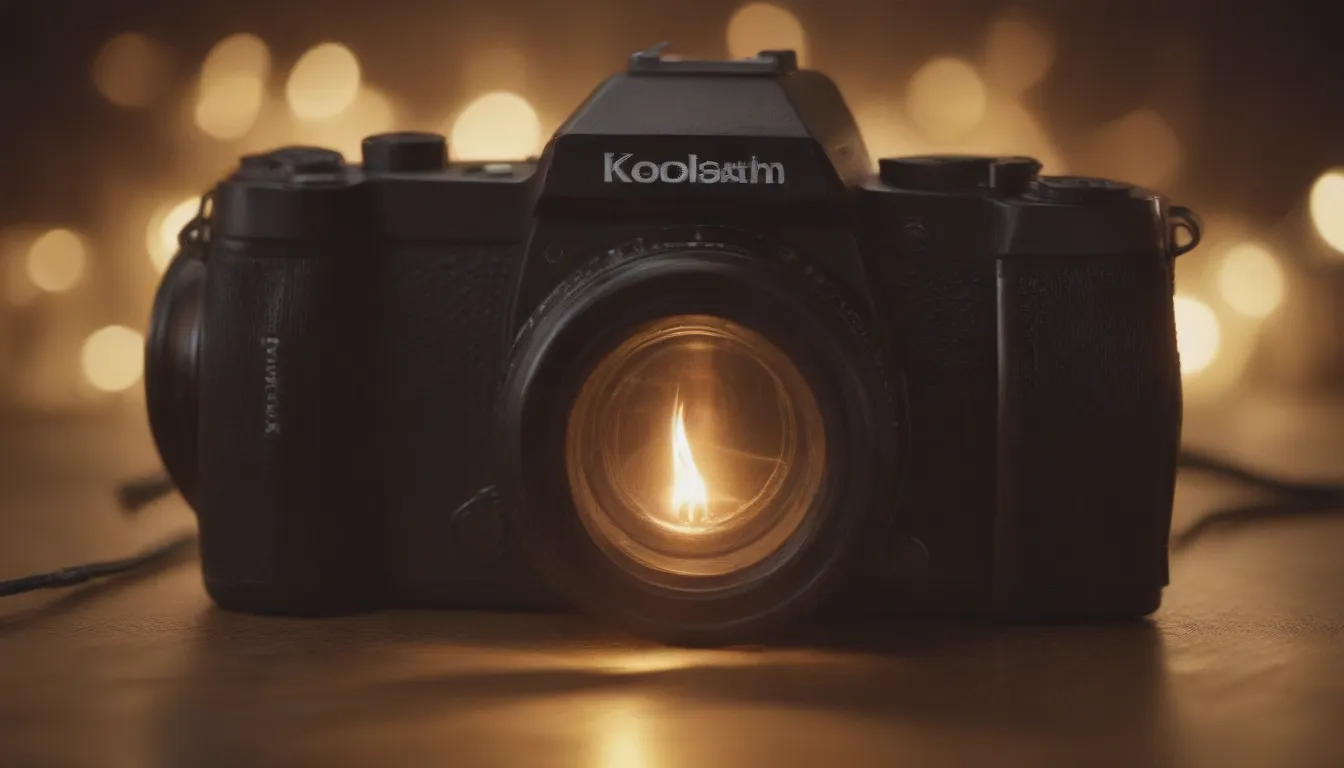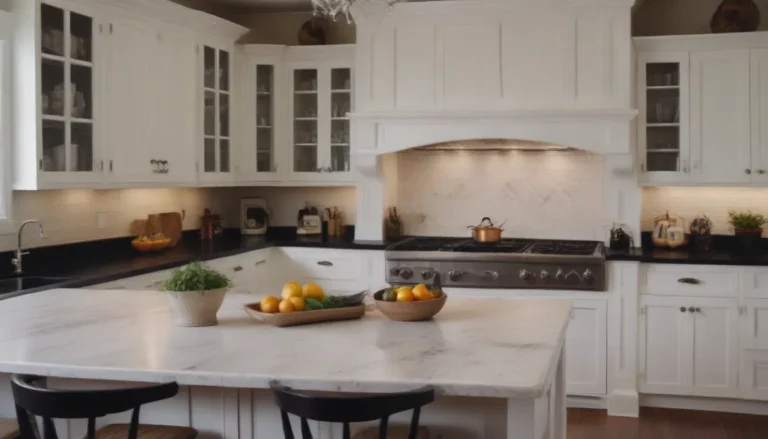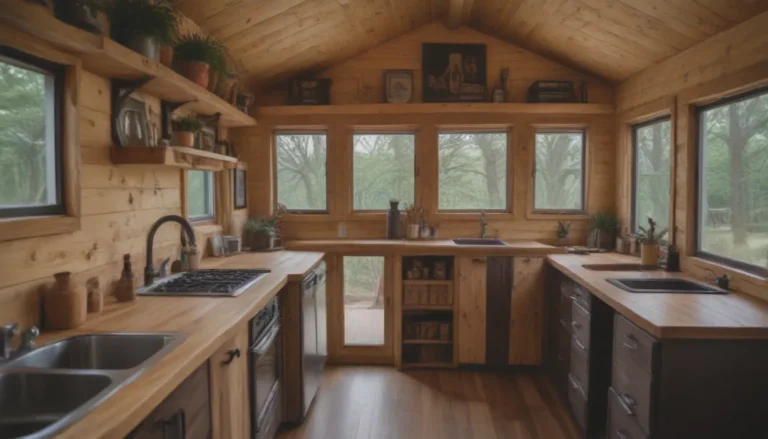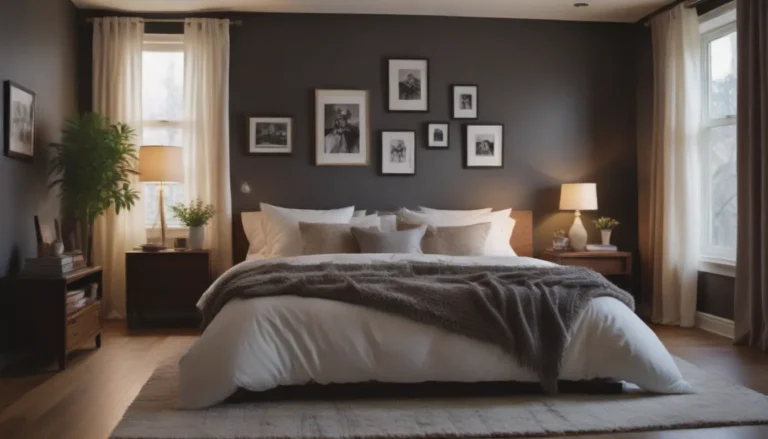Demystifying Warm Lighting: Everything You Need to Know

Are you someone who loves basking in the warm glow of evening lighting but often find yourself confused by the term “color temperature” when it comes to lighting choices? If so, you’re not alone! In this comprehensive guide, we will delve into the world of warm lighting and provide you with all the essential information you need to make informed decisions about lighting in your home or workspace.
Understanding the Color Temperature Scale
The color temperature scale serves as a crucial tool in determining the warmth or coolness of light. In simple terms, warmer colors are associated with lower color temperatures, while cooler colors are linked to higher color temperatures. For instance, colors ranging from approximately 2700K to 3000K are considered warm colors. These hues, such as reddish or yellowish whites, are often found in incandescent lamps.
To put things into perspective, incandescent bulbs emit light based on thermal radiation from the heat of the filament. Therefore, the color temperature of these bulbs correlates with the filament’s actual temperature. For instance, soft white compact fluorescent bulbs usually have a color temperature of around 3000K. Additionally, sunset and sunrise lighting falls within the warm color temperature range, typically around 1800K, akin to the light emitted by a warm incandescent bulb.
Why We’re Drawn to Warm Lighting in the Evening
Have you ever pondered why warmer colors have a calming effect on us during the evening? It could be attributed to the cozy ambiance of an evening hearthside fire or the comforting glow of early morning sunlight through an east-facing window. Whatever the reason, warm lighting in the evening can help create a sense of warmth and relaxation. As we age, our eyes’ lenses may develop a slight yellowing, causing us to perceive colors as warmer. Hence, striking a balance between warm and cool lighting can be beneficial as we grow older.
Harnessing the Power of Warm Colors
The presence of warm colors in a room can alter our perception of objects within that space compared to how they appear in daylight. Consequently, it’s advisable to assess furniture and decor under similar lighting conditions to avoid any mismatched aesthetics. While warm lighting can foster a sense of coziness, excessive warm light may induce drowsiness and impede focus on tasks—hence the prevalence of cooler lighting in office settings.
Moreover, it’s essential to recognize that the color of light emitted by a bulb isn’t solely determined by its color temperature. The color of the shade or filter in a fixture can also impact the light’s hue, adding another layer of complexity to lighting choices.
Strategic Placement of Warm Lighting
When it comes to utilizing warm lighting, it’s crucial to consider where and when to incorporate it effectively. Ideally, striking a balance between warm and cool lighting within a space is recommended, with the option of having separate controls for different lighting scenes. Warm or soft white light is ideal for creating a comfortable ambiance in living spaces, akin to evening or early morning lighting.
On the other hand, cooler lighting is best suited for areas where focus and task performance are paramount. In spaces with warm color schemes, such as period rooms, warm white bulbs can enhance the overall aesthetic. By understanding the nuances of warm lighting and its applications, you can curate a lighting setup that caters to both functionality and ambiance.
In conclusion, warm lighting plays a pivotal role in setting the mood and atmosphere of a space, impacting our emotions and productivity levels. By grasping the fundamentals of warm lighting, you can make well-informed lighting choices tailored to your specific needs and preferences. So, the next time you’re selecting lighting for your home or workspace, remember to consider the warmth of the light and its potential effects on your surroundings.





